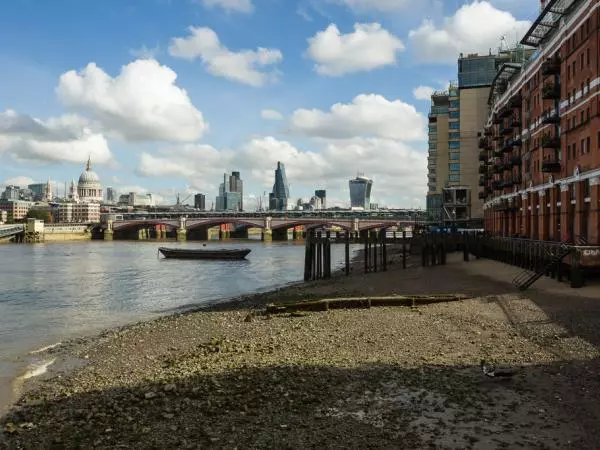FIL ROUGE_urban project
Particularly, this project took place in a North-West district of Rome named Primavalle.
A] Primavalle used to be a rural area in the capital city; its first urbanization happened during the fascist period when Primavalle hosted lower class families which had been moved from the city center. In spite of their neglected conditions, these public row houses still represent a core identity place for the community of the district
In post WWII, many informal low-density houses were built near the fascist-planned settlement. Although these unauthorized Informal building processes didn’t allow urban services and public spaces to be planned (sidewalks, public lighting and sewers are still missing somewhere), the consistent urban and social fabric assured a sustainable social system which still characterizes the area.
The economic growth of the 1960’s allowed numerous building permits to be given. On the one hand, these intensive building processes filled urban gaps, on the other hand, speculation and land market dynamics didn’t provide the district with appropriate infrastructures and services.
Further social and economic changes modified Primavalle as the underground last stop of the metro Battistini was built on the southern edge of the district. Since 2000, the district changed in terms of economic activities and new inhabitants.Due to both its strategic position (the area is about ten minutes from the city center) and its still affordable cost of living, Primavalle became a low-cost tourist destination and a residential area for immigrant workers. Besides, many college-educated young professionals were attracted by the area and bought affordable historical houses. Both the gentrifying process and the immigration movements changed the district and caused numerous cultural frictions with the original community of the district. Differences of gender and social class among the original and the new residents became exacerbated by both the uneasy physical assets of the district and its lack of public spaces for meeting.
As a matter of fact, In spite of the social and economic transformations , no changes occurred in terms of services, mobility and public spaces. On the one hand new inhabitants enrich the local community, on the other hand public spaces and urban furniture are missing and prevent locals (and new locals) from integration processes.
B] Fil Rouge is meant to be a low cost instrument to enable participated processes of public space (re)discovery and (re)habilitation. We believe public and shared debate to be a fundamental instrument for urban policies activation. Therefore, Fil rouge is aimed at stimulating local community discussion about possible ways to improve physical and social conditions of the district. In order to do so, we analyzed the district of Primavalle and highlighted a few public spaces which could easily become new locations to practice cultural hybridizations among the inhabitants. We decided to physically highlight both the potentialities of the territory (strategic gaps, under-used public spaces etc.) and critical urgencies of the area (missing sidewalks, inadequate urban furniture etc.).
A careful analysis of the context picked out a few public spaces which are presently under-used. Particularly, this project focused on a path which is very commonly covered by the inhabitants of the district. The path from the underground stop to the historical settlement was identified by a continue red line stuck on the ground which became dotted as it highlighted the territorial difficulties (i.e. missing or inadequate sidewalks). Moreover, the red thread picked out the specific locations which could potentially gain a social role; there, graphical signs identified three actions which could help community meeting processes: meeting (represented by two chairs), playing (represented by the hopscotch) and staying (represented by the chair and the table).
This project itself gained great attention among the community members as many of them were directly participating while making the video. Moreover, we noticed that, after the signs were stuck on the floor, many inhabitants went on talking about their meaning even in the days following our intervention.
Our video is aimed at explaining our project through showing the main path covered by a typical inhabitant of Primavalle who meets diverse people (belonging to the minorities the project intends to involve in the participated process of rehabilitation) along his walk from the underground stop to the historical settlement. We can see, through the main character’s eyes, the difficulties and the potentialities of the area and we can mark out a course to cover in order to assure a better livability to the whole community.
 Share / Save
Share / Save







Commenti 1
Inserisci commento